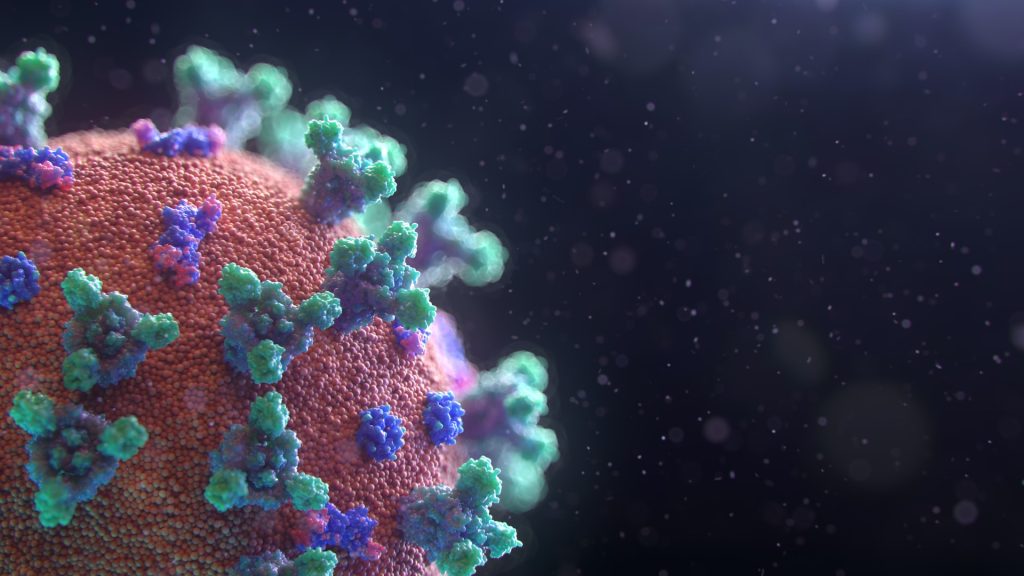Research Reveals a New Target to Treat Anxiety

Scientists at Université de Montréal and its affiliated Montreal Clinical Research Institute (IRCM) have uncovered unique roles for a protein complex in the structural organisation and function of brain cell connectivity, as well as in specific cognitive behaviours.
The work by a team led by Hideto Takahashi, director of the IRCM’s synapse development and plasticity research unit, in collaboration with Steven Connor’s team at York University and Masanori Tachikawa’s team at Japan’s Tokushima University is published in The EMBO Journal.
Although defects in synapse organisation are linked to many neuropsychiatric conditions, the mechanisms responsible for this organisation are poorly understood. The new study’s findings could provide valuable therapeutic insights, the researchers believe.
Two goals are important to bear in mind with this research, said Takahashi, an associate research medical professor in molecular biology and neuroscience at UdeM.
“One is to uncover novel molecular mechanisms for brain cell communication,” he said. “The other is to develop a new unique animal model of anxiety disorders displaying panic disorder- and agoraphobia-like behaviours, which helps us develop new therapeutic strategies.”
Understanding the mechanisms
Synapses are essential for neuronal signal transmission and brain functions. Defects in excitatory synapses, which activate signal transmission to target neurons, and those in synaptic molecules predispose to many mental illnesses.
Takahashi’s team has previously discovered a new protein complex within the synaptic junction, called TrkC-PTPσ, which is only found in excitatory synapses. The genes coding for TrkC (NTRK3) and PTPσ (PTPRS) are associated with anxiety disorders and autism, respectively. However, the mechanisms by which this complex regulates synapse development and contributes to cognitive functions are unknown.
The work carried out in the new study by first author Husam Khaled, a doctoral student in Takahashi’s laboratory, showed that the TrkC-PTPσ complex regulates the structural and functional maturation of excitatory synapses by regulating the phosphorylation, a biochemical protein modification, of many synaptic proteins, while disruption of this complex causes specific behavioural defects in mice.
Building blocks of the brain
Neurons are the building blocks of the brain and the nervous system that are responsible for sending and receiving signals that control the brain and body functions. Neighbouring neurons communicate through synapses, which act like bridges that allow the passage of signals between them.
This process is essential for proper brain functions such as learning, memory and cognition. Defects in synapses or their components can disrupt communication between neurons, and lead to various brain disorders.
By generating mice with specific genetic mutations that disrupt the TrkC-PTPσ complex, Takahashi’s team uncovered the unique functions of this complex. They demonstrated that this complex regulates the phosphorylation of many proteins involved in synapse structure and organisation.
High-resolution imaging of the mutant mice brains revealed abnormal synapse organisation, and further study of their signaling properties showed an increase in inactive synapses with defects in signal transmission. Observing the behaviour of the mutant mice, the scientists saw that they exhibited elevated levels of anxiety, especially enhanced avoidance in unfamiliar conditions, and impaired social behaviours.
Source: University of Montreal






